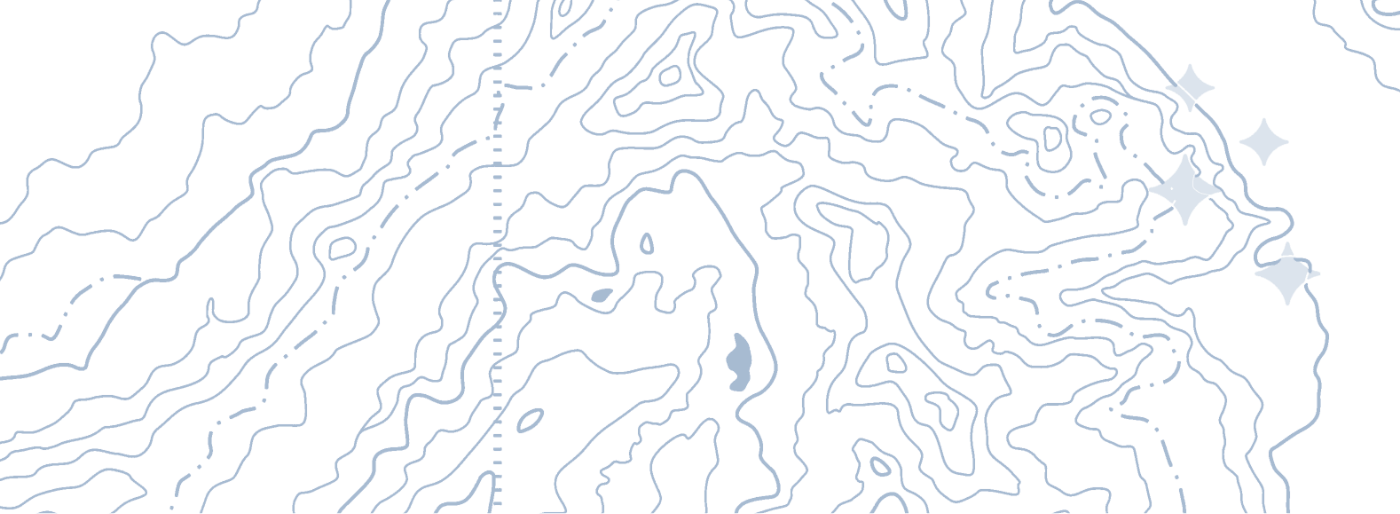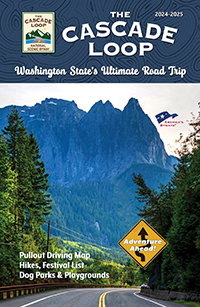When I was small and we would camp near Lake Chelan, my dad and I would challenge each other to be the first to spot the wildlife, and I would always see what I called "chickmunks" first. Later in life I learned that what I saw most was a Douglas squirrel, but any time I see these critters, I think of my dad.
The easiest way to tell the difference between a chipmunk and a squirrel is their tail and color: Chipmunks have a thin tail and racing stripes and when they charge across the forest floor their little tail will point straight up in the air. The Douglas squirrel is dark brown on the back with an orange belly, and a pale orange ring around its eye (pictured), and they have a bushy tail that they flick wildly while loudly scolding intruders.
Chipmunks dont make as much noise as the Douglas squirrel, but they do chip-chip-chip, and make sounds often mistaken for birds.
The local chipmunks (mostly Yellow-pine or Townsends chipmunks) reach torpor during the winter, snuggling in their nests for 5 to 7 days before coming out to find a food stash, but come spring-time they will be busy from just before sunrise until just after sunset, foraging and gathering food, filling their cheek pouches to carry the morsels to their hiding places.
Douglas squirrels are very prevalent in the forested areas of the eastern Cascades and are active all year long. They are the noisiest of squirrel species, with a huge range of calls they use warn other animals in the forest of dangers and approaching predators.
Douglas squirrels live on seeds from trees like the Douglas Fir and Sitka Spruce, by peeling off each scale, discarding the scale and removing the seed. Unlike the chipmunk, they do not fill their cheeks, but either eat it on the spot, or hide the individual seeds in mid to late summer in preparation for winter. They will hide these in random places throughout the forest to eat later. For an entertaining afternoon, watch a Douglas squirrel meticulously hide seeds in the pine needles and where the branch of a tree meets the trunk and then watch Stellar Jays raid the squirrels cache!











